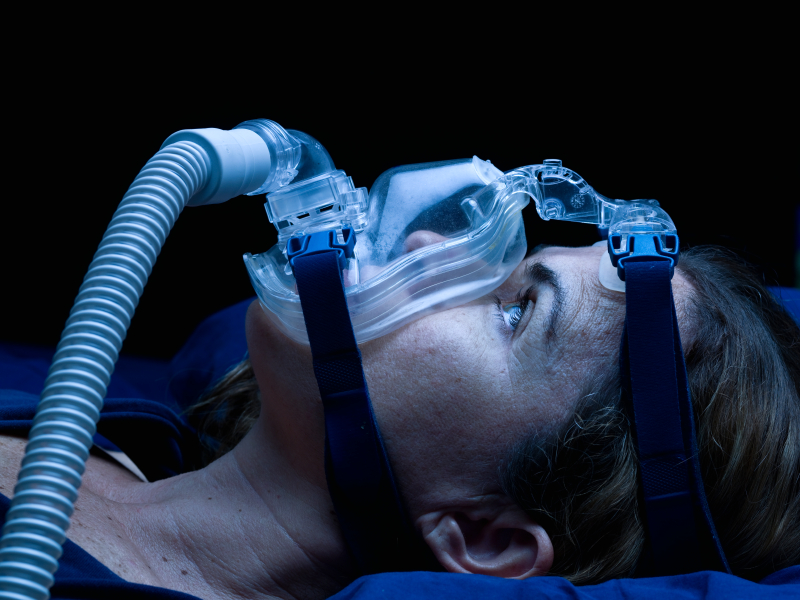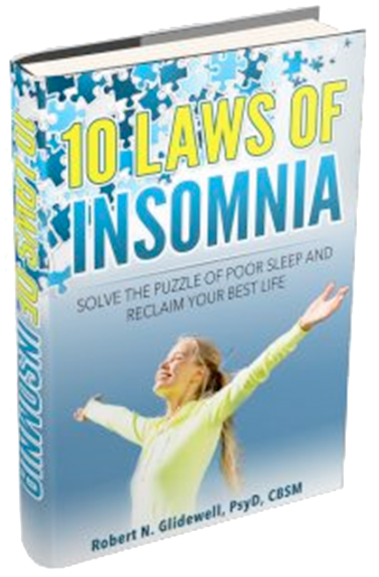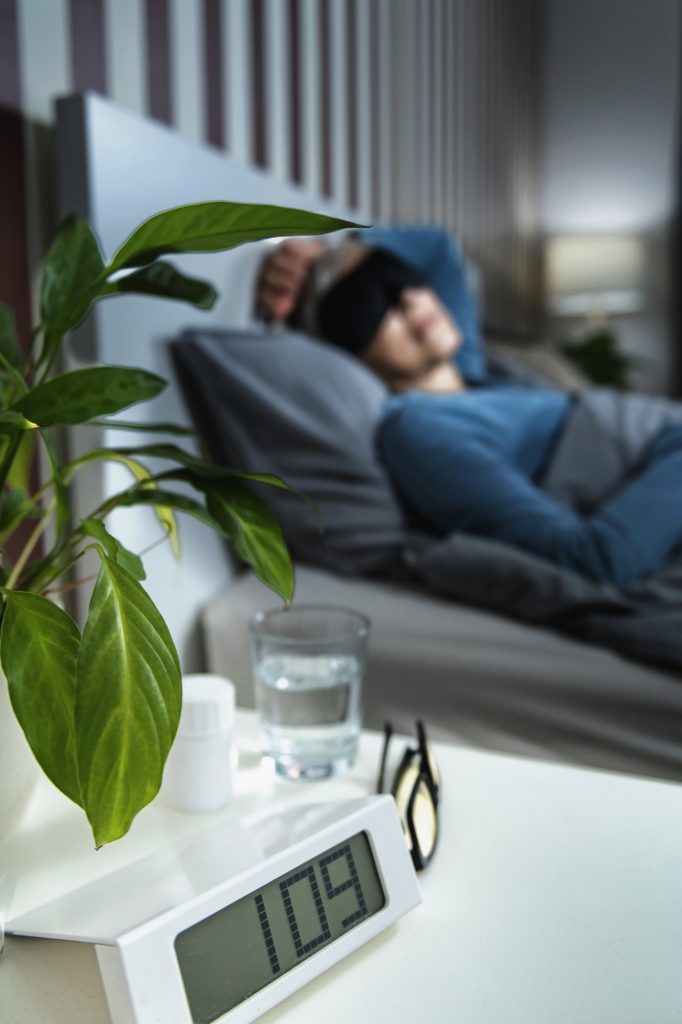There is a tendency in our culture to view insomnia (troubles falling or staying asleep or poor quality sleep) as a problem caused by something else. When someone has insomnia one night, they can typically point to a specific cause for this disturbance. When it continues for the next several nights, they might focus their efforts on dealing with the immediate stressor or compensating for their sleep loss. When that same person has insomnia night after night for an extended period, the underlying cause becomes an increasingly confusing mystery.
One recommendation often given to patients suffering from chronic insomnia is to complete a sleep study, which helps to identify physical sleep disorders that may be causing the sleep disturbance. For many, a sleep study identifies an underlying sleep-related breathing disorder, such as sleep apnea, and treatment of the breathing problem fixes their insomnia. For others who are diagnosed with sleep apnea, this diagnosis and the typical treatment approach that follows can be the beginning of an extremely frustrating journey to better sleep.
Based on current research, approximately 38% of patients diagnosed with Obstructive Sleep Apnea (OSA) also have Insomnia Disorder.1 That may seem obvious, as their bodies are struggling to breathe and are therefore, unsurprisingly, waking frequently trying to get this need met. This statistic is significant, however, because it sheds light on the relationship between these two issues. While OSA can and certainly does disrupt sleep, Insomnia Disorder is an independent problem of initiating and or maintaining sleep that often develops alongside sleep apnea.
When these two problems occur at the same time, it is referred to as Comorbid Insomnia and Sleep Apnea, or COMISA. Patients with COMISA experience greater illness, more problems with daytime function, more unhelpful sleep-related thinking, reduced quality of life and more disturbed sleep than individuals with either condition alone.2-10 When providers or patients assume that insomnia symptoms are caused by OSA, they most often proceed by addressing the sleep-related breathing disorder first (for example, trying Continuous Positive Airway Pressure (CPAP) therapy or obtaining an oral appliance).
Some people, however, undergo treatment for OSA only to find that they continue to experience insomnia symptoms regardless of how closely they adhere to treatment recommendations. In fact, about 50% of patients with OSA continue to experience insomnia symptoms even when their OSA is effectively treated. For this segment of the population, it is vital to view insomnia and OSA as two separate problems that each require independent treatment. Fortunately, new research points us in the right direction. Recent studies show that patients with COMISA are more likely to become good sleepers and experience remission of their insomnia when Cognitive-Behavioral Therapy for Insomnia (CBT-I) is added to CPAP therapy.11
To learn more about how insomnia and sleep apnea overlap from the patient perspective, we held a focus group for current patients at The Insomnia Clinic who have also undergone treatment for OSA. The stories that follow make up the lesser-known, not-so-romantic reality that we like to call, “Sleepless with CPAP.” Their stories highlight the problematic consequences of ignoring chronic insomnia and limiting discussion, focus, and efforts only on treatment of OSA. Thank you to our generous patients for sharing their stories and helping to increase awareness of COMISA!
Click here to read about 36-year-old Marcia’s sleep journey. Being told to reduce her stress level and shut her brain off at night were of little help when she was struggling with both insomnia and sleep apnea. She found success with Cognitive-Behavioral Therapy for Insomnia (CBT-I).
Click here to learn more about the concerning discrepancies between Jason’s adequate CPAP adherence data and his ongoing poor subjective quality of sleep.
Click here to join Annette, a military spouse and mother of three, as she shares about her challenges with continuity of care, limited treatment recommendations, and mounting frustrations with poor sleep. Cognitive-Behavioral Therapy for Insomnia (CBT-I) have brought her better sleep, energy, and motivation to be the best mother and spouse she can be.



